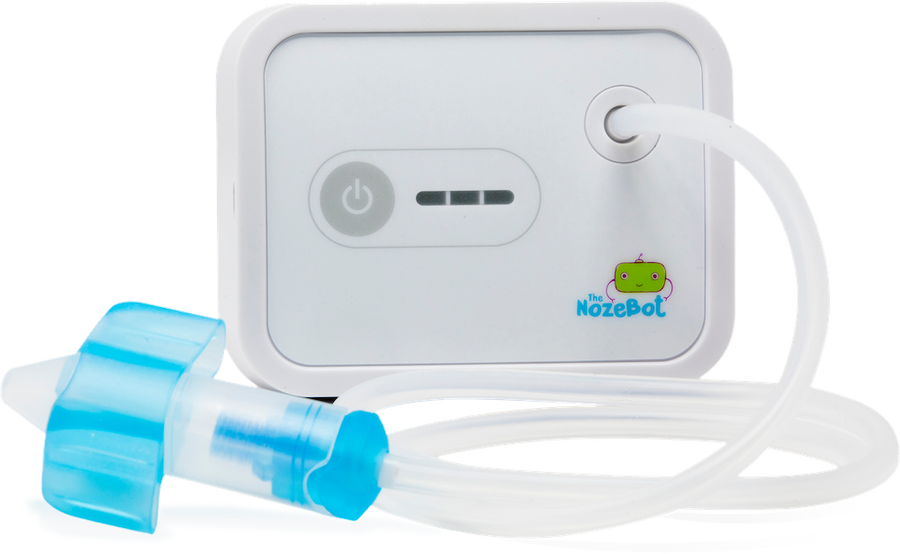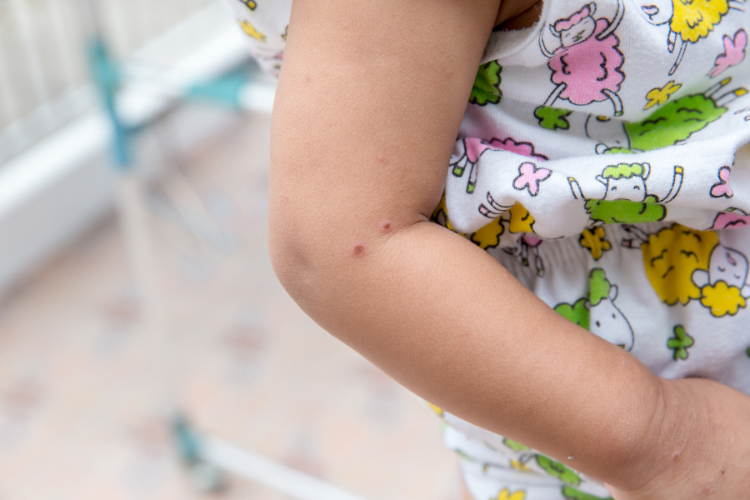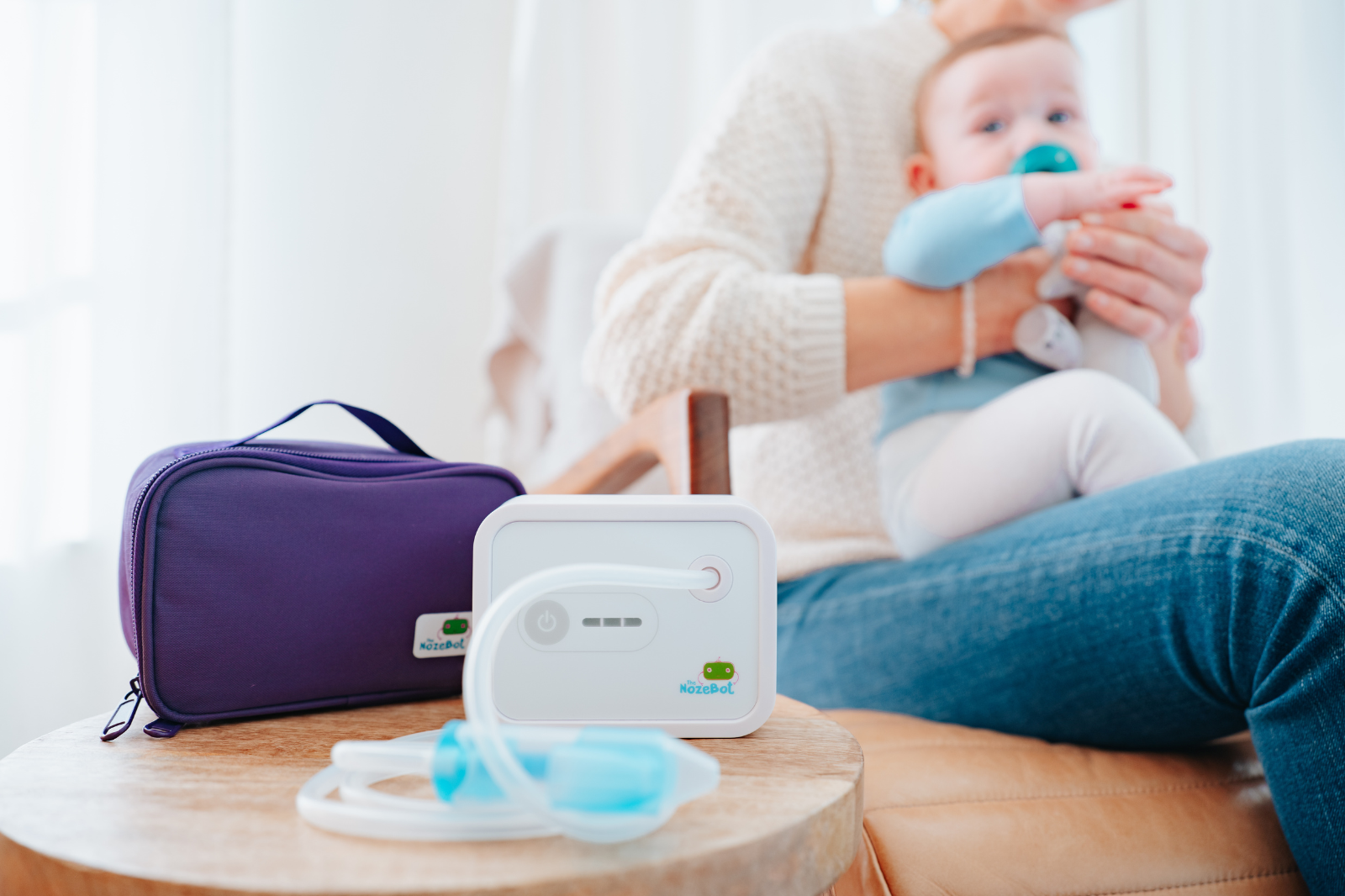Guest Post by Katy Fleming, MA, LPC, BSN, RN
As our little ones congregate at daycare, preschool, and the local park, germs rapidly spread between friends.
Hand, Foot, and Mouth Disease (HFMD) is a highly contagious virus often dreaded by parents. Children learn how to play together while quickly infecting one another in the process.
Learn more about this common childhood virus to treat better and protect your children.
What Parents Need to Know About Hand, Foot, and Mouth Disease

This viral infection spreads quickly, especially with little kiddos spending time close together.
When one child at daycare has, Foot, and Mouth Disease, suddenly everyone seems to have those painful blisters.
Better identify the signs of HFMD and implement these prevention techniques to stay healthy this season.
Causes
Hand, Foot, and Mouth Disease is a virus spread through close contact. This painful illness is spread through saliva, nose secretions, stool, or fluid of blisters.
Another common way to share HFMD is through respiratory droplets when someone coughs or sneezes.
Signs + Symptoms
Learn more about the signs and progression of symptoms for earlier detection of HFMD. It’s often difficult to differentiate between the common cold, flu, RSV, and HFMD– especially in the early stages.
Initially, symptoms resemble a cold for approximately 3-5 days after infection. These include:
- Fever
- Sore throat
- Headache
- Runny nose
- Generally not feeling well
- Drinking and eating less.
After a day or two after the fever begins, you may start seeing sores and skin rashes. Starting as small red spots, the sores turn into painful blisters.
You may find these blister-like lesions on the tongue, gums, and around the inside of the mouth. A rash may develop on the palms of their hands and soles of their feet. It could also occur on their buttocks, legs, and arms.
Typically appearing as red spots, these rashes are not usually itchy, but my blister. Infants with HFMD may seem irritable and fussy with a poor appetite.
Treatment
Although there isn’t a vaccine or specific treatment for Hand, Foot, and Mouth Disease, your child should get better on their own within 7-10 days.

Talk to your doctor about some of these at-home remedies:
- Treat fever and painful sores with over-the-counter medication such as Ibuprofen and Acetaminophen.
- Stay hydrated with fluids. Popsicles may help numb the painful sores.
- Keep their hands and feet clean and uncovered.
Never give a child aspirin as it may lead to a serious problem called Reye Syndrome.
If a blister pops, keep in mind that the fluid may contain the virus. Use an antibiotic ointment to prevent infection and cover the open blister with a bandage.
Your kiddo may not want to drink anything due to the painful blisters, but it’s important to prevent dehydration. For older children, yogurt or smoothies will help relieve the pain while adding nutrition.
Prevention
Sometimes illness seems inevitable during the cold and flu season. In reality, maintaining healthy hygiene practices significantly minimizes the spread of viruses.
HFMD is typically spread through young children sharing toys and putting hands in their mouths. Remember that this virus also spreads through stool. Wash your hands thoroughly after a diaper change, and review the importance of hand washing with your little ones.
Lower your child’s risk of catching HFMD by teaching the appropriate way to cover a cough. Continually disinfect high-traffic areas such as door knobs, toys, and countertops.

Want more on health and wellness for your kids? Check these out:
- What to Do If Your Child Gets Burned
- Sensory Needs for a Child with ASD
- 10 Back-to-School Mantras for Kids Who Struggle With The Transition
- What Does It Mean If You’re a Strep Throat Carrier
- 6 Epic Potty Training Tips For Busy Parents
Hand, Foot, and Mouth Disease continues to affect thousands of children across the nation. It’s often recognized by a red rash and painful blisters across the feet, hands, and in the mouth.
Talk to your doctor about effective home remedies and other treatment suggestions. Implement healthy hygiene habits to focus on prevention for you and your little ones this school year.
As a licensed counselor and registered nurse, Katy approaches freelance writing with years of experience and a unique perspective. Alongside her partner, Katy loves to travel the world and embrace other cultures from volcanoes in Iceland to villages in India.
The Nozebot is a battery-powered suction device designed to clear nasal congestion in babies and children.


